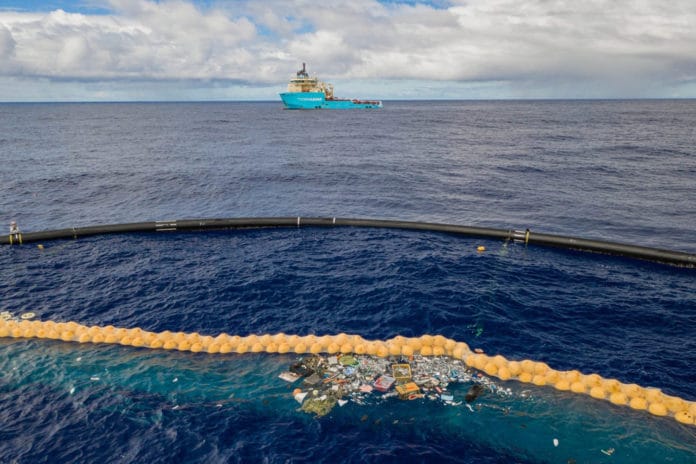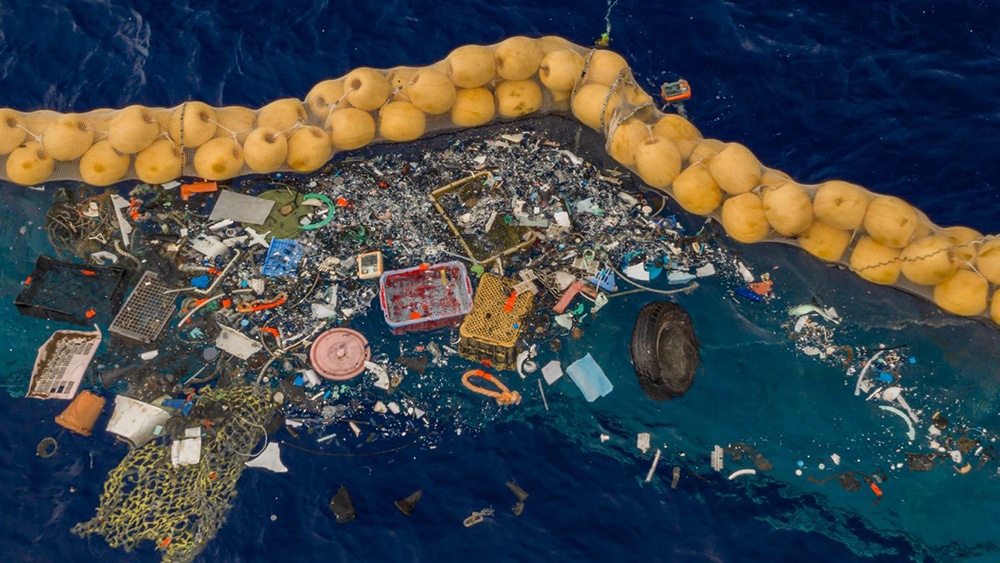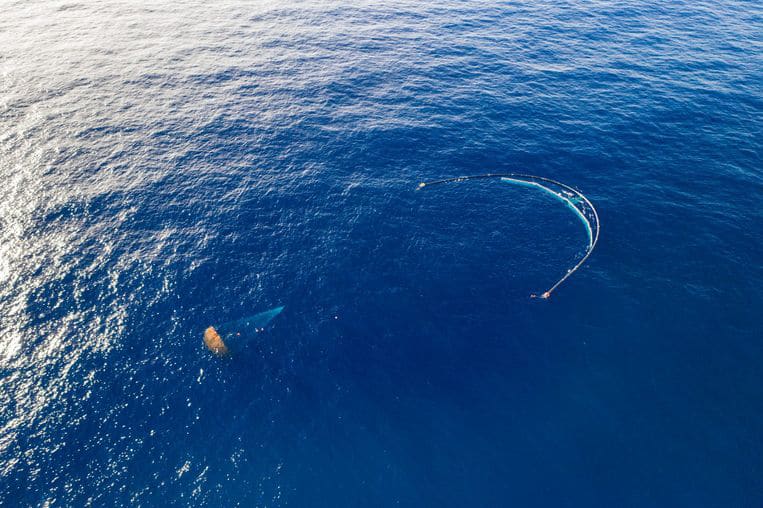According to the manufacturers, the latest version of the famous ‘plastic catcher’ from The Ocean Cleanup, which is designed to rid the oceans of plastic waste, works well. In contrast to the previous version of the cleaning system, the improved device has successfully collected plastic for the first time in the Pacific Ocean, the project’s founder announced on Wednesday.
The device, called System 001/B, not only collected plainly visible pieces of plastic waste, abandoned fishing gear, known as “ghost nets,” but also successfully captured microplastics as small as 1mm, which the team says was pleasantly surprising to achieve.
One year of the test phase
The first prototype was pulling equipment called System 001, designed to collect the plastic floating on the surface of the oceans so that it can then be collected and recycled. The system, devised by the Dutch inventor and environmental activist Boyan Slat seven years ago, had been in testing for a year. Recovered debris so far escaped the device, which also struggled to capture microplastics.
Slat and his team have solved several technical problems with the prototype. They have provided the new version with a ‘parachute anchor,’ so that it can be slowed down better. And it has also been ensured that the system moves slower in the ocean than plastic and as a result can catch plastic, using the natural waves of the sea.
“This first year of testing in the ruthless environment of the high seas strongly suggests that our vision is achievable,” says Slat. He does say that a lot of work still needs to be done.
What next?
The next step is the construction of a large system, System 002, a full-scale cleanup system that is able to both endure and retain the collected plastic for long periods of time.
The system is currently being used to clean up the so-called Great Pacific Garbage Patch. That is a kind of floating garbage dump full of plastic particles.
The project, led by The Ocean Cleanup, a Dutch non-profit organization, aims to clear half of the “Large Garbage Area of the Pacific” (GPGP), a three-time floating garbage bin, within five years. That would represent “about 15,000 tons of plastic a year,” according to Boyan Slat, the organization’s CEO and founder.


